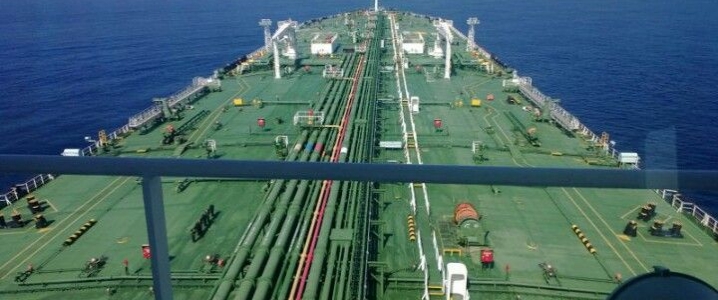
While global oil markets are accustomed to factoring geopolitical uncertainty into oil prices, this kind of geopolitical fallout hasn’t been seen for a number of years. The world’s largest oil exporter, that still along with its OPEC+ partners, plays the role of global oil markets swing producer, is seeing an escalation of attacks on its oil export infrastructure and shipping.
Saudi Arabia said on Tuesday that armed drones had attacked two of its oil pumping stations. This came just two days after the sabotage of two oil tankers carrying Saudi oil near the UAE. Meanwhile, the U.S. military, amid an increasingly tense tit for tat exchange of words between Washington and Tehran, said it was braced for “possibly imminent threats to U.S. forces in Iraq” from Iran-backed forces.
Tuesday’s attacks on the pumping stations more than 200 miles west of Riyadh and Sunday’s attack on four tankers off the UAE have raised concerns that the U.S. and Iran might be inching toward military conflict. However, on Thursday Trump told media that he did not want a war with Iran.
Also on Thursday, a Saudi-led coalition carried out airstrikes on Sanaa, the Yemeni capital. The deadly airstrikes, that reportedly left six dead, came after Yemen’s Iran-backed Houthi rebels, who control the capital, claimed responsibility for the Tuesday drone attack on Saudi Arabia’s critical oil pipeline. All of this, of course, isn’t being lost on global oil markets which ticked up on Thursday by more than 1 percent. Global oil benchmark Brent crude futures ended the day’s session at $72.62/barrel, up 1.18 percent, while U.S. oil benchmark West Texas Intermediate (WTI) crude futures were up 1.37 percent, at $62.87/barrel, near its highest level in two weeks.
Global shipping concerns
Global oil traders aren’t the only ones closely monitoring increased tensions in the Middle East, global ship insurers also considering their next course of action. On Thursday, London maritime ship insurers met to consider whether or not to increase shipping insurance rates for tankers in the Arabian Gulf.
However, thus far they have failed to reach a consensus. The Joint War Committee, which includes Lloyd’s Market Association (LMA) members and representatives from other insurance providers, will meet again on Monday to discuss the matter further, said the LMA’s Head of Marine Underwriting Neil Roberts.
According to reports, the group doesn’t have enough information yet to make a decision over rate possible increases. “At the moment there are not many facts or verifiable information (about the attacks on Sunday),” Roberts said on Wednesday. “There is no decision yet on whether to change the listed areas of enhanced risk.
There are a number of options, which include no change. He added that any changes would take seven days to come into effect. “Ships going into the Gulf already have to inform underwriters; the question is whether vessels within the Persian Gulf and operating there are additionally exposed,” he said. The last time The Joint War Committee updated the list of high-risk areas was June 2018.
Some are already anticipating an increase in shipping rates, including Asian oil refiners which rely heavily on Middle Eastern crude imports. Asia derives around 70 percent of its crude oil from the Middle East, while disruptions in oil production or shipping routes can severely affect Asian economies, including China and Japan, the world’s second and third largest economies, respectively.
Ashok Sharma, managing director of shipbroker BRS Baxi in Singapore, told Reuters earlier this week “there seems to be no increase in [insurance premiums] as of yet,” while he warned that if security in the Gulf region deteriorated, then insurers may be left with no choice but to increase marine insurance premiums.




























